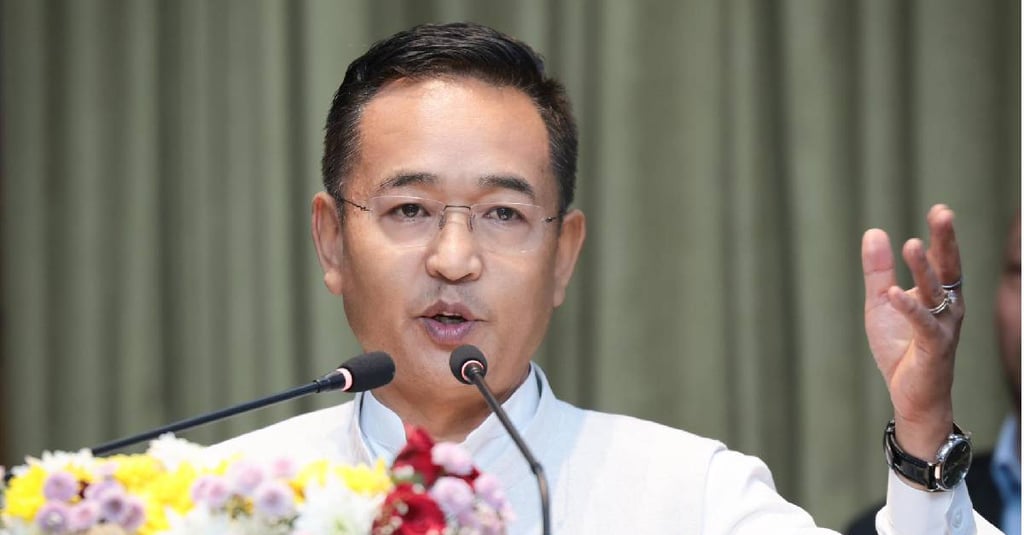Sikkim CM chairs final meeting on ST status for 12 left-out communities
As part of the strategy to advance this cause, the SSHLC will provide strategic recommendations to the Government of India.
LOCAL


Sikkim Chief Minister Prem Singh Tamang on Thursday chaired the fourth and final meeting of the Sikkim State High Level Committee (SSHLC) to discuss the inclusion of 12 left-out communities in the Scheduled Tribe (ST) list. The meeting was attended by Cabinet ministers, MLAs, ethnic community representatives, researchers, and senior government officials. The discussions marked a significant step forward in the state’s efforts to secure constitutional recognition for these communities.
The SSHLC was formed by the Government of Sikkim to compile comprehensive ethnographic reports on the 12 communities. These reports, based on rigorous research, field visits, and in-depth consultations, were developed in line with the five criteria set by the Government of India for ST inclusion. Chief Minister Tamang commended the dedication of scholars, community representatives, and committee members in compiling the reports. He emphasized that while significant progress had been made since the committee’s formation in December 2024, continuous political and social mobilization would be required to achieve the ultimate goal of constitutional recognition.
During the meeting, discussions focused on the historical, cultural, and socio-political aspects that influence the demand for ST status. The reports not only document the distinct identity of these communities but also reinforce their case by comparing them with similar groups in other Northeastern states that have already received recognition. Chief Minister Tamang stressed that the inclusion of these communities in the ST list was not just about legal classification but about ensuring their rightful place in the socio-political landscape of India.
In a significant announcement, the Chief Minister revealed plans for the establishment of an ethnographic and tribal museum in Sikkim. This museum will serve as a dedicated space to preserve and showcase the rich cultural heritage of the state’s indigenous communities. He highlighted that such an initiative would further strengthen the argument for ST inclusion by documenting the traditions, customs, and historical contributions of these communities.
As part of the strategy to advance this cause, the SSHLC will provide strategic recommendations to the Government of India. Elected representatives will actively study and promote the reports to gather wider political and public support. Additionally, community organizations will deliberate on the findings, mobilizing intellectual and social discourse to strengthen advocacy efforts. The state government also plans to continue its engagement at the national level, including renewed representations to the Prime Minister, Home Minister, and Tribal Affairs Minister to push for early resolution of the matter.
Expressing gratitude to all stakeholders involved in the process, Chief Minister Tamang reaffirmed the government’s unwavering commitment to seeing this initiative through to its rightful conclusion.
